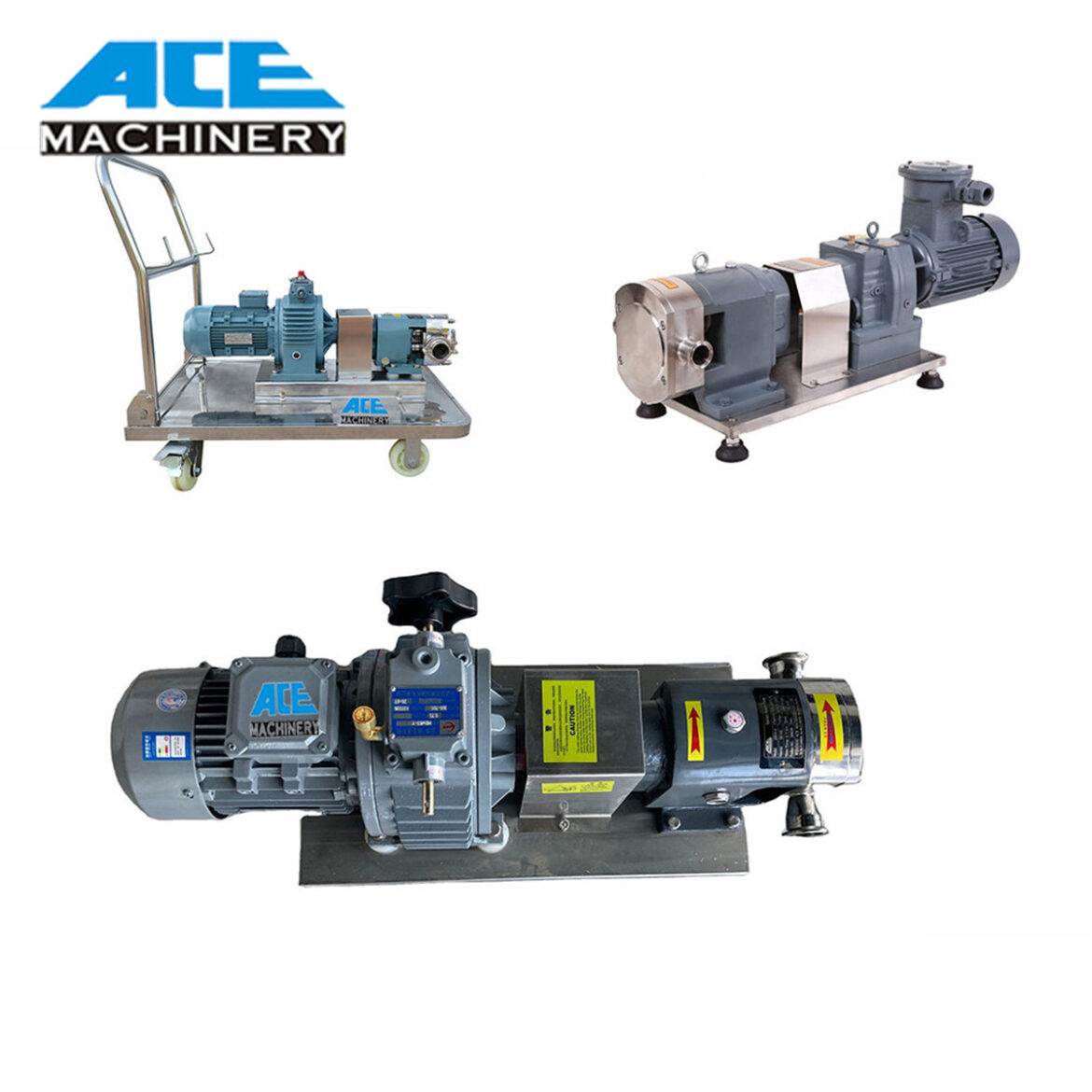Table of Contents
Lobe pumps, also known as rotary lobe pumps, are a type of positive displacement pump widely used across various industries for their efficiency and versatility. These pumps are particularly favored for their ability to handle viscous fluids and solids without causing damage to the product. This article delves into the working mechanism, advantages, applications, and maintenance of lobe pumps, providing a comprehensive understanding of their significance in industrial processes.
How Lobe Pumps Work
Lobe pumps operate on a simple yet effective principle. The pump consists of two lobes, which are similar to gears, rotating within a casing. These lobes are driven by external timing gears that ensure they rotate synchronously without making contact. As the lobes rotate, they create cavities that trap fluid at the inlet port, carrying it around the casing to the discharge port. This mechanism ensures a continuous and pulsation-free flow, making lobe pump ideal for handling sensitive and viscous fluids.
The design of lobe pumps allows them to handle a wide range of fluid viscosities, from low to high. The gentle pumping action minimizes product degradation, making them suitable for applications in the food, beverage, and pharmaceutical industries. Additionally, lobe pumps can operate dry for brief periods, and their output is relatively constant and independent of changes in process pressure.
Advantages of Lobe Pumps
One of the primary advantages of lobe pumps is their gentle handling of fluids. This characteristic is crucial in industries where product integrity is paramount. For instance, in the food industry, lobe pumps can transfer delicate products like fruits, vegetables, and dairy without causing damage. This gentle action also reduces shear, preserving the quality and consistency of the product.
Another significant advantage is the ability of lobe pumps to handle solids. Unlike other types of positive displacement pumps, lobe pumps can manage larger particle sizes, making them versatile for various applications. The clearances between the lobes and the casing are designed to accommodate solids, ensuring smooth operation and reducing the risk of clogging.
Lobe pumps are also known for their reversible flow capability. This feature allows for easy cleaning and maintenance, as the pump can be reversed to flush out any remaining product or debris. Furthermore, the flow rate can be easily controlled by adjusting the speed of the pump, typically using a variable frequency drive (VFD). This flexibility makes lobe pumps adaptable to different process requirements.
Applications of Lobe Pumps
Lobe pumps are utilized in a wide range of industries due to their versatility and efficiency. In the food and beverage industry, they are used for transferring products like yogurt, cheese, chocolate, and fruit juices. The gentle pumping action ensures that the product’s texture and quality are maintained throughout the process.
In the pharmaceutical industry, lobe pumps are employed for handling sensitive and viscous fluids, such as creams, ointments, and suspensions. The sanitary design of these pumps meets the stringent hygiene standards required in pharmaceutical manufacturing, ensuring product safety and compliance with regulatory requirements.
The chemical industry also benefits from the use of lobe pumps. They are capable of handling aggressive and corrosive chemicals, making them suitable for applications involving acids, solvents, and other hazardous substances. The robust construction and material options available for lobe pumps ensure compatibility with a wide range of chemicals.
Maintenance and Care
Proper maintenance is essential to ensure the longevity and optimal performance of lobe pumps. Regular inspection and cleaning of the pump components, such as the lobes, casing, and seals, are crucial to prevent wear and tear. The pump’s design allows for easy disassembly and reassembly, facilitating routine maintenance tasks.
Lubrication of the pump’s bearings and seals is also important to reduce friction and prevent damage. Using the appropriate lubricants and following the manufacturer’s recommendations can extend the life of the pump and maintain its efficiency. Additionally, monitoring the pump’s performance and addressing any issues promptly can prevent costly downtime and repairs.
Choosing the Right Lobe Pump
Selecting the right lobe pump for a specific application involves considering several factors, such as the type of fluid being pumped, the required flow rate, and the operating conditions. It is essential to choose a pump that is compatible with the fluid’s viscosity, temperature, and chemical properties to ensure optimal performance and longevity.
Manufacturers offer a range of lobe pump models with different materials, sizes, and configurations to meet various industrial needs. Consulting with a pump expert or the manufacturer can help in selecting the most suitable pump for a particular application. Additionally, considering the pump’s energy efficiency, maintenance requirements, and overall cost can aid in making an informed decision.
Conclusion
Lobe pumps are a vital component in many industrial processes, offering numerous advantages such as gentle product handling, versatility, and efficient performance. Their ability to handle a wide range of fluids and solids makes them indispensable in industries like food and beverage, pharmaceuticals, and chemicals. Proper maintenance and careful selection of the right lobe pump can ensure optimal performance and longevity, making them a valuable investment for any industrial operation. For more information and to explore a range of lobe pumps, visit Acelobe Pump.

